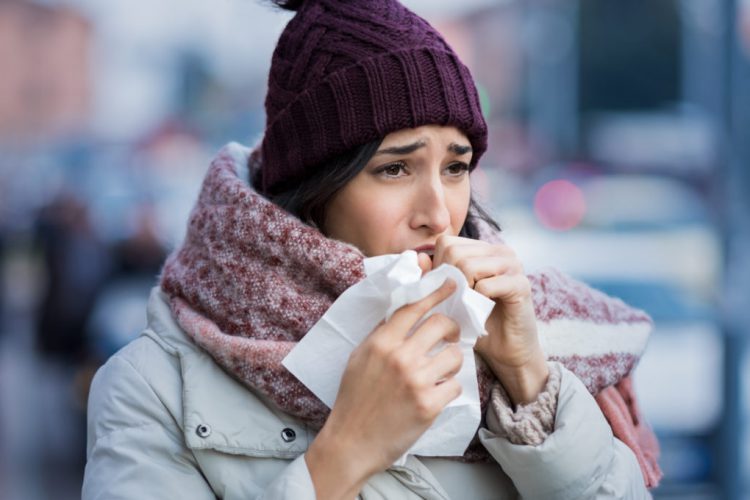
Rib pain

The holidays bring laughter, good meals and, above all, multiple contacts, which multiply the transmission of germs. It is therefore not uncommon to end the holiday season with a coughing fit. When symptoms are finally resolved, discomfort or pain can sometimes persist in the ribs or shoulder blades. What causes this type of persistent pain?
Zoom in on anatomy: The chest cage
The main function of the chest cage is to protect vital organs such as lungs and heart. This area consists of 12 ribs on each side, 10 of which attach in the front at the sternum, and 2 which are unattached. The 12 ribs have a connection in the back in their corresponding vertebrae. Several muscles are involved such as the intercostals (muscles between the ribs), the diaphragm, and the abdominals.
The phenomenon of coughing and vomiting
It is important to note that when coughing or vomiting, there is a significant increase in intra-abdominal pressure. This excessive, repetitive pressure increases the load on all respiratory muscles, as well as on the involved joints in the ribs/sternum and ribs/vertebrae. There is therefore a risk of joint irritation or muscle tension which can take the form of pain, tension, lack of mobility when breathing, or a feeling of blockage. This phenomenon can also occur during a simple sneeze, which is always linked to excessive and rapid pressure.
In the case of vomiting, the abdominal area is added, and abdominal cramps also cause prompt and prolonged abdominal use. This excessive use of the abdominal muscles causes pulling on the lower chest area.
Treatment and prevention
It is possible to treat the source of irritation by working directly on the joint or muscle through direct manual therapy (massage, joint mobilization or manipulation). It is also important to learn to control regular, fluid, and complete breathing patterns with deep breathing exercises. Chest reinforcement and mobility exercises are often useful to recover upper-body mobility. If major irritation is present, electrotherapy treatments (ultrasound, TENS, etc.) may be necessary. Finally, taping can be very useful in these cases, mainly to support to the ribs involved, thus allowing the surrounding muscles to rest.
To prevent recurrence, it is advised to incorporate routine breathing exercises and chest mobility exercises, and above all to avoid blocking breathing when coughing or sneezing. This increases the pressure exponentially.


